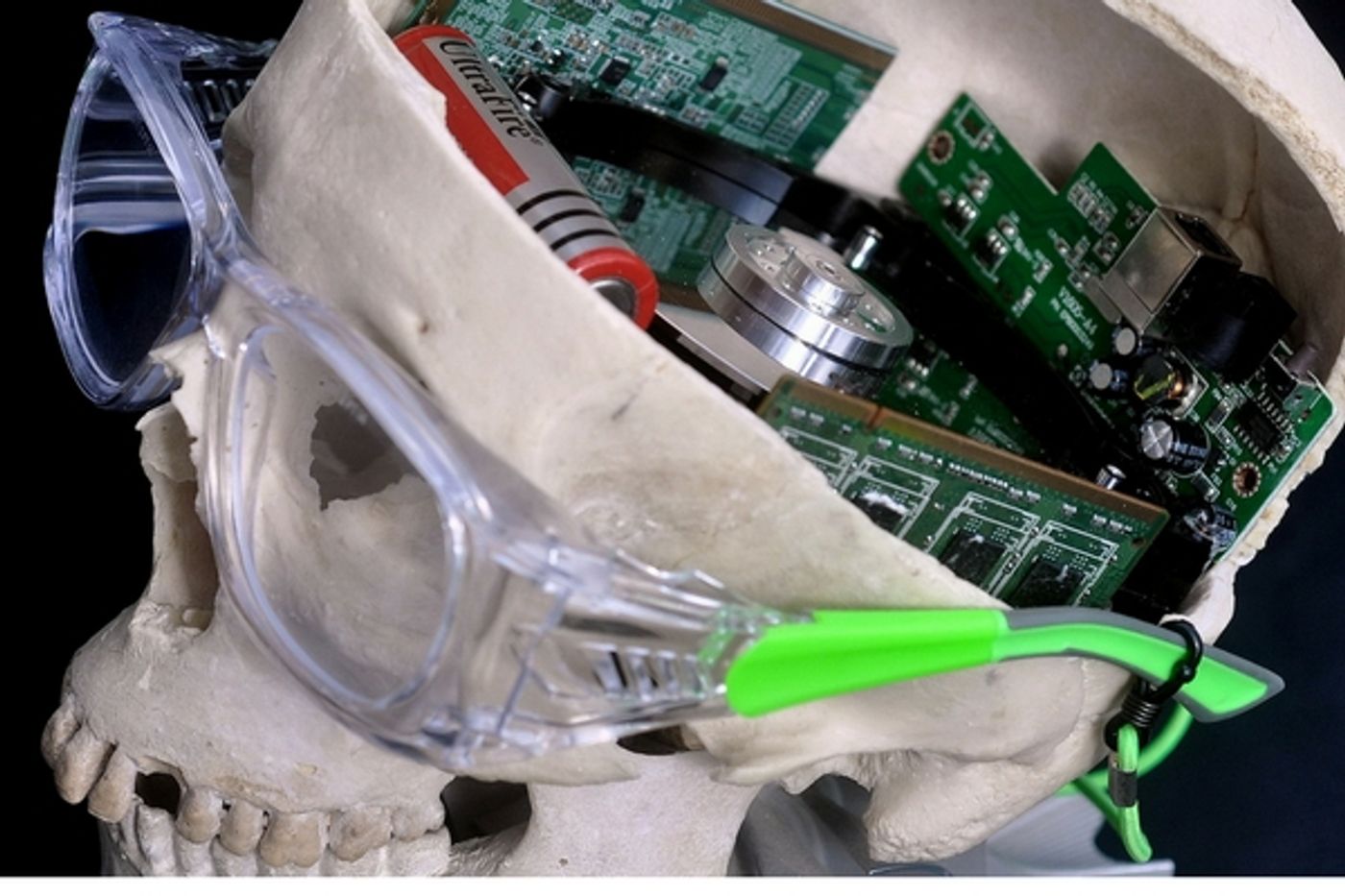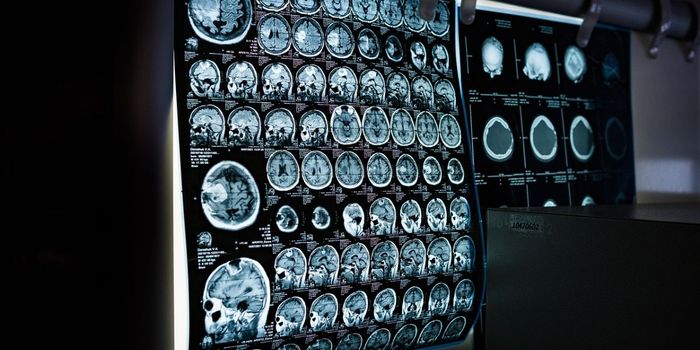Brain-Computer Interface for Locked-In Syndrome
There is a lot of work being done in the field of neuroscience on how technology can help those with brain injuries or neurodegenerative disease. Brain-computer interface studies continue to advance the technology and the applications for it in patients who deal with paralysis, memory loss or cognitive impairment. New research at the Wyss Center for Bio and Neuroengineering in Geneva Switzerland has shown that it might be possible to communicate, in a very basic way, with patients who suffer from “locked in syndrome.” Whether from injury or disease, there are patients who have not lost any cognitive ability, but are otherwise completely paralyzed. It’s devastating to patients and families, because while the body has failed, the mind is still sharp and aware.
Led by Professor Niels Birbaumer the study found that some patients who were “completely locked in” unable to even blink their eyes to communicate, were still able to respond to yes or no questions. The study involved patients who wore a non-invasive brain-computer interface in the form of a skull cap. The cap is fitted with sensors which track changes in blood oxygen levels. It’s been previously thought that if a patient who has, for example, ALS (amyotrophic lateral sclerosis, also known as Lou Gehrig’s disease) and cannot even move their eyes, that they must also lack the ability to use a brain-computer interface and their directed thoughts to communicate.
Four patients with ALS were part of the study in order to find out if there really was no way for an ALS patient to use BCI technolog. The team of scientists had the patients wear the caps while seeing if they could respond to questions. The questions were individual and personal to each study participant. They had known answers and could be answered with “yes” or “no.” The team reported that in 70% of the experiments the questions were being answered correctly.
Professor Birbaumer explained a press release, “The striking results overturn my own theory that people with completely locked-in syndrome are not capable of communication. We found that all four patients we tested were able to answer the personal questions we asked them, using their thoughts alone. If we can replicate this study in more patients, I believe we could restore useful communication in completely locked-in states for people with motor neuron diseases.”
While some might say that the answers to one of the questions, “Are you happy?” would be difficult to prove as correct responses, the investigators asked the question several different times over a period of weeks and they answers remained consistent. This is a result that surprised the researchers at first. Professor Birbaumer addressed the issue saying, “We were initially surprised at the positive responses when we questioned the four completely locked-in patients about their quality of life. All four had accepted artificial ventilation in order to sustain their life, when breathing became impossible; thus, in a sense, they had already chosen to live. What we observed was that as long as they received satisfactory care at home, they found their quality of life acceptable. It is for this reason, if we could make this technique widely clinically available, it could have a huge impact on the day-to-day life of people with completely locked-in syndrome”. Negative answers were also consistent, as one patient who was asked several times if he would agree to let his daughter marry her boyfriend, said “No” all but one time.
The video below shows more detail about this technology and what researchers learned from their study. More research will be needed to develop it further, but check out the results of the first attempts in the video.
Sources: PLOS One, The Wyss Center, BioEdge










